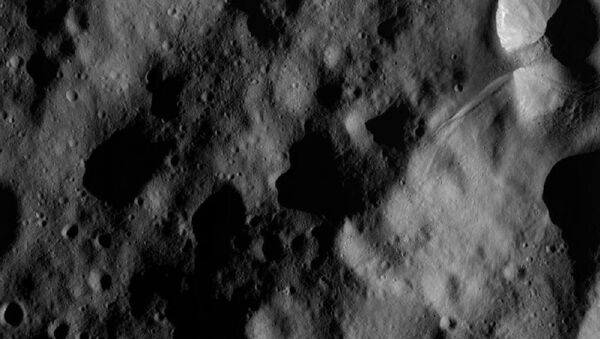"Ceres is almost a complete mystery to us," Christopher Russell, principal investigator for the Dawn mission, said in a press release from NASA yesterday. "Ceres has no meteorites linked to it to help reveal its secrets. All we can predict with confidence is that we will be surprised."
Ceres is the largest body in the main asteroid belt between Mars and Jupiter, and with an average diameter of 950 kilometers is roughly the size of Texas. The Dawn spacecraft is travelling at a speed of around 725 kilometers per hour and is scheduled to reach the planet in March 2015.
The mission previously spent 14 months in 2011 and 2012 orbiting the Vesta protoplanet, the second biggest body in the belt, on the way to its current destination. The research confirmed Vesta to be "a dynamic terrestrial world, much like members of the inner solar system," while Ceres is so far known to be larger but less dense, with a thin atmosphere.



